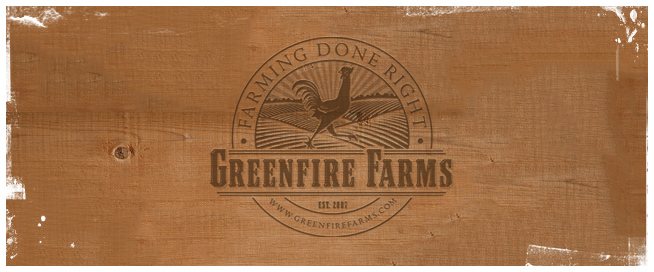This Oxford Game is sure to impress with it's fiery orange plumage.
| Item | 1+ | Quantity |
|---|---|---|
| Ginger Oxford Game Day-Old Chick Unsexed | 29.00 | |
| Ginger Oxford Gamefowl Eggs In stock: 6 | 8.00 |
You may be familiar with the Carlisle Old English Game; an exhibition breed that years ago made its way to the United States and is seen in coops across the country. Less known, but perhaps more intriguing, is the Oxford Old English Game; a breed used to secretly and illegally carry on the tradition of cockfighting in its native England. Greenfire Farms was lucky enough to recently import the ginger variety of the Oxford bird; a fighter with breathtaking fiery plumage.
Old English Games emerged in the Middle Ages and won their place in the hearts of Britons by the demonstration of their fierce fighting ability in the pit. In 1849, cockfighting was banned in Britain but the sport did not disappear, instead going underground in surreptitious and illegal competitions. In the 1930s a rift arose between those hobbyists who were breeding the birds primarily for looks and those who wanted to continue to pit the birds.
The Carlisle Old English Game became the show bird with its larger breast and horizontal back. The Oxford Old English Game remained the pit bird with its diagonal back and lighter weight. Today, Oxfords exist in sort of a chickenista netherworld where people are reluctant to talk about their birds for fear of confiscation. Despite the secrecy shrouding this breed, Greenfire Farms was able to locate some excellent breeding stock and import the birds.
Here’s your chance to own this storied breed from the UK.
Appearance and Behavior
They are a medium-sized game fowl with the roosters normally weighing in at about 5 to 6 pounds and the hens slightly less at 3 to 4 pounds. Their plumage is breathtakingly beautiful, with orange and red feathers shimmering in the sunlight. The hens tend to be a mix of orange and black feathers whereas the roosters will typically display the fiery reds and oranges that I am sure will captivate your attention. The hens are BROODY. Every spring and summer, you should expect hens of this breed to guard her eggs and try to hatch out a clutch or two of chicks. They are a good choice if you want to hatch chicks without using an incubator. Roosters of this breed can sometimes be aggressive toward people but not always. It's difficult to integrate birds of this breed into existing flocks, but it is doable. It may take a few attempts but we've successfully integrated both hens and roosters into our flock.
They are an active breed that will spend time foraging and exploring their surroundings. They can fly pretty well, so roosting in trees is something you will find that they do if they are allowed to do so. They do well in a small coop or a large enclosure. They are flighty and are spooked easily. We recommend a rooster-to-hen ratio of 1:10, any more hens than that per rooster, and the viability can be inconsistent. The roosters are attentive to the hens and will protect them.
Hatching Eggs
We incubate at 99.5F and 55% humidity. You should expect about a 70% hatch from the eggs you've placed into your hatcher. Typically these chicks will hatch right on time, so on day 21. When hatching eggs from this breed, you may hatch chicks that are solid brown or dark brown. These chicks develop into birds that lack the bright ginger coloration. We recommend that if you hatch any of these chicks you don't breed them.
The merits of every bird should be assessed as they reach adulthood.
Old English Games emerged in the Middle Ages and won their place in the hearts of Britons by the demonstration of their fierce fighting ability in the pit. In 1849, cockfighting was banned in Britain but the sport did not disappear, instead going underground in surreptitious and illegal competitions. In the 1930s a rift arose between those hobbyists who were breeding the birds primarily for looks and those who wanted to continue to pit the birds.
The Carlisle Old English Game became the show bird with its larger breast and horizontal back. The Oxford Old English Game remained the pit bird with its diagonal back and lighter weight. Today, Oxfords exist in sort of a chickenista netherworld where people are reluctant to talk about their birds for fear of confiscation. Despite the secrecy shrouding this breed, Greenfire Farms was able to locate some excellent breeding stock and import the birds.
Here’s your chance to own this storied breed from the UK.
Appearance and Behavior
They are a medium-sized game fowl with the roosters normally weighing in at about 5 to 6 pounds and the hens slightly less at 3 to 4 pounds. Their plumage is breathtakingly beautiful, with orange and red feathers shimmering in the sunlight. The hens tend to be a mix of orange and black feathers whereas the roosters will typically display the fiery reds and oranges that I am sure will captivate your attention. The hens are BROODY. Every spring and summer, you should expect hens of this breed to guard her eggs and try to hatch out a clutch or two of chicks. They are a good choice if you want to hatch chicks without using an incubator. Roosters of this breed can sometimes be aggressive toward people but not always. It's difficult to integrate birds of this breed into existing flocks, but it is doable. It may take a few attempts but we've successfully integrated both hens and roosters into our flock.
They are an active breed that will spend time foraging and exploring their surroundings. They can fly pretty well, so roosting in trees is something you will find that they do if they are allowed to do so. They do well in a small coop or a large enclosure. They are flighty and are spooked easily. We recommend a rooster-to-hen ratio of 1:10, any more hens than that per rooster, and the viability can be inconsistent. The roosters are attentive to the hens and will protect them.
Hatching Eggs
We incubate at 99.5F and 55% humidity. You should expect about a 70% hatch from the eggs you've placed into your hatcher. Typically these chicks will hatch right on time, so on day 21. When hatching eggs from this breed, you may hatch chicks that are solid brown or dark brown. These chicks develop into birds that lack the bright ginger coloration. We recommend that if you hatch any of these chicks you don't breed them.
The merits of every bird should be assessed as they reach adulthood.
| Egg Color | white |
| Egg Size | Small to Medium |
| Average number of eggs per year | 100 - 120 |
| Gamefowl | yes |
| Country of Origin | UK |
| Cold tolerant | no |
| Year of import(s) | 2018 |

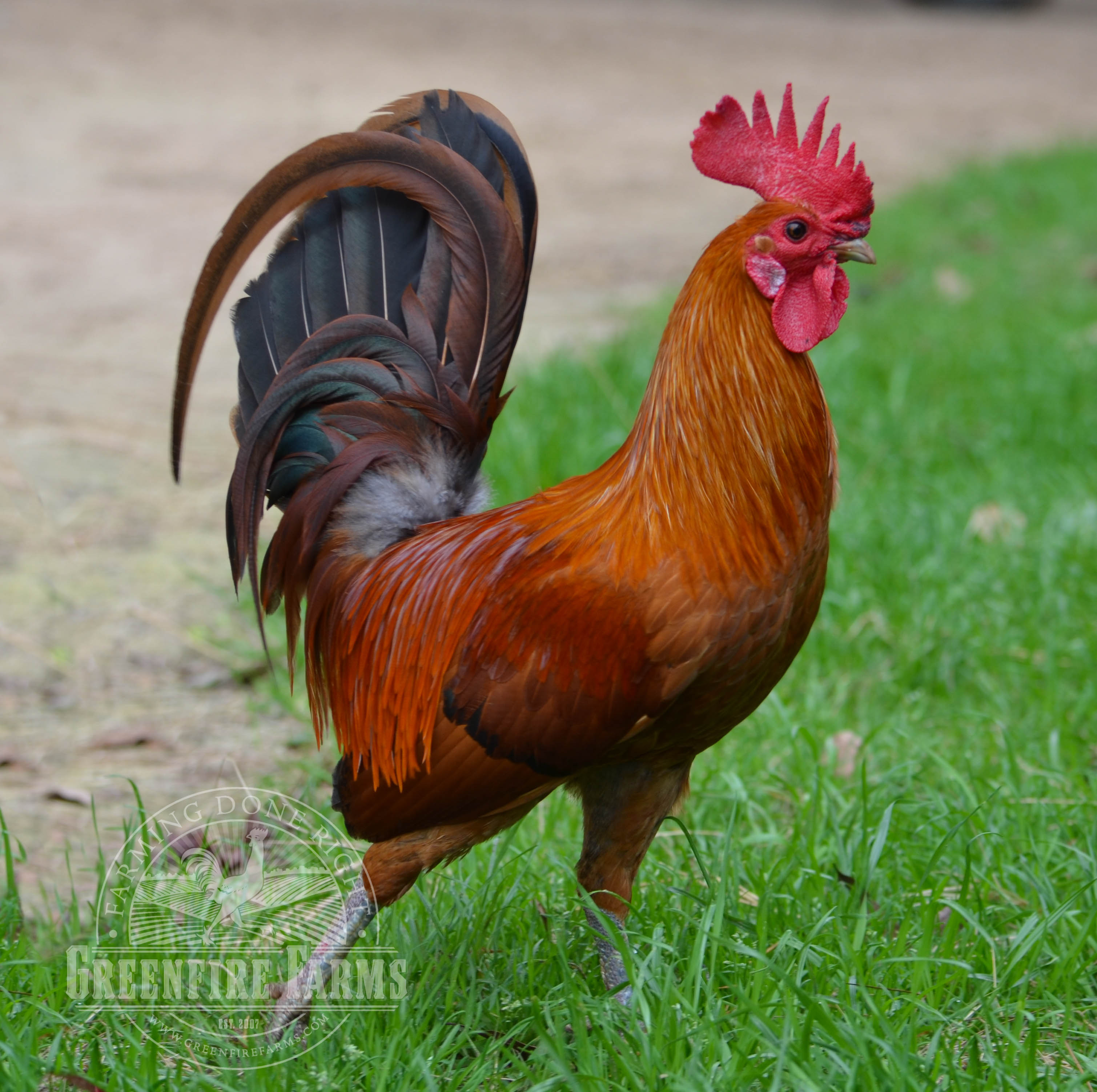
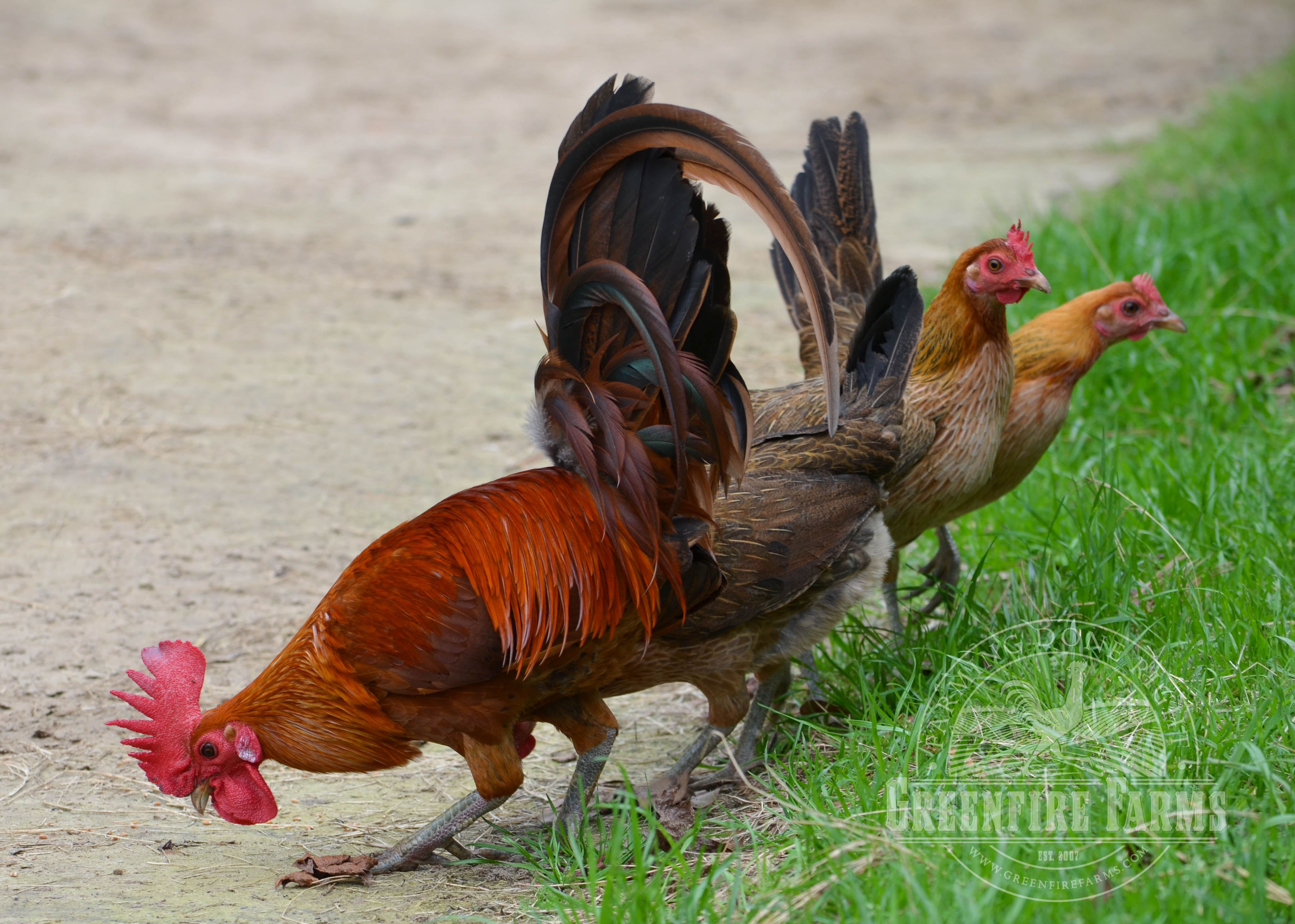
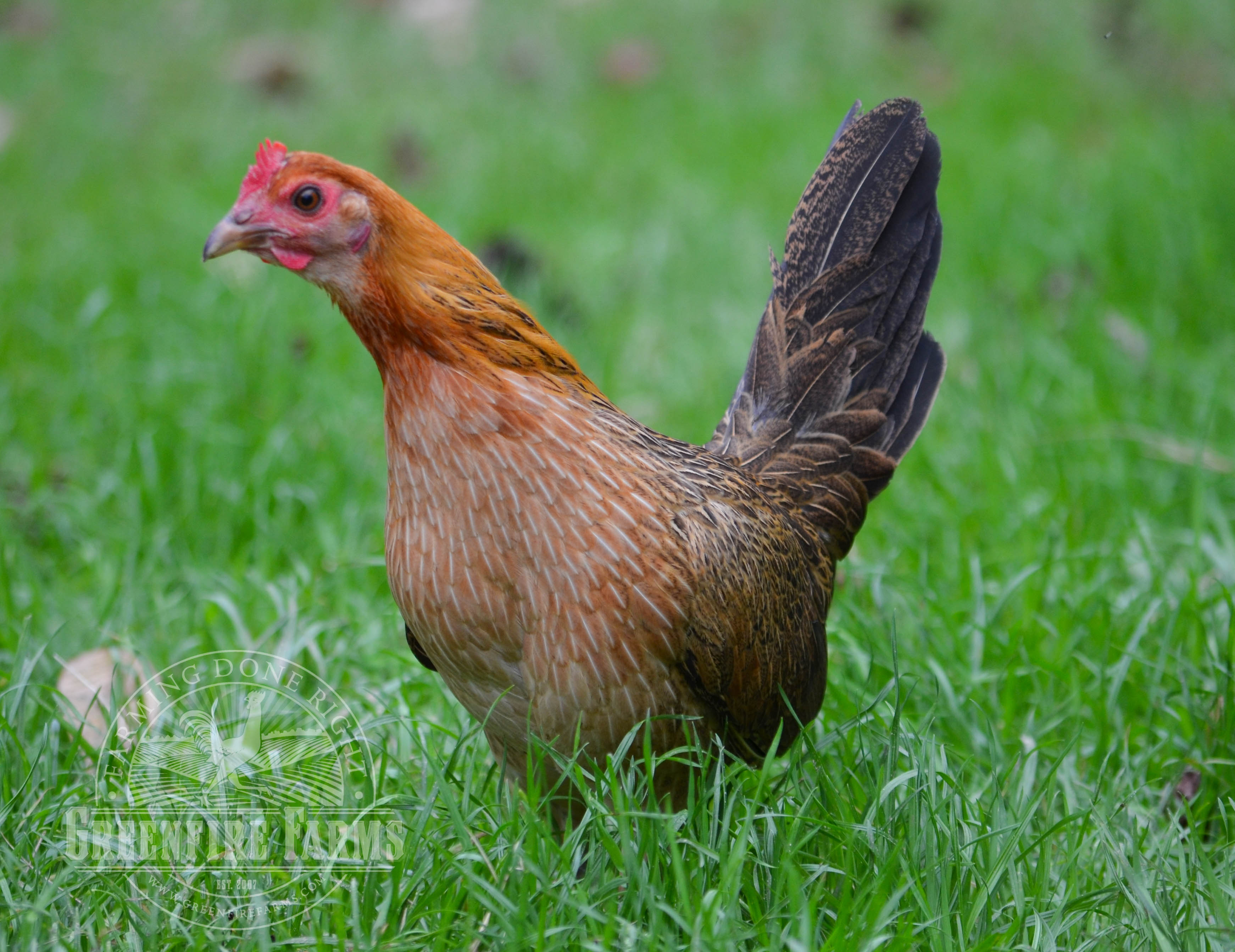
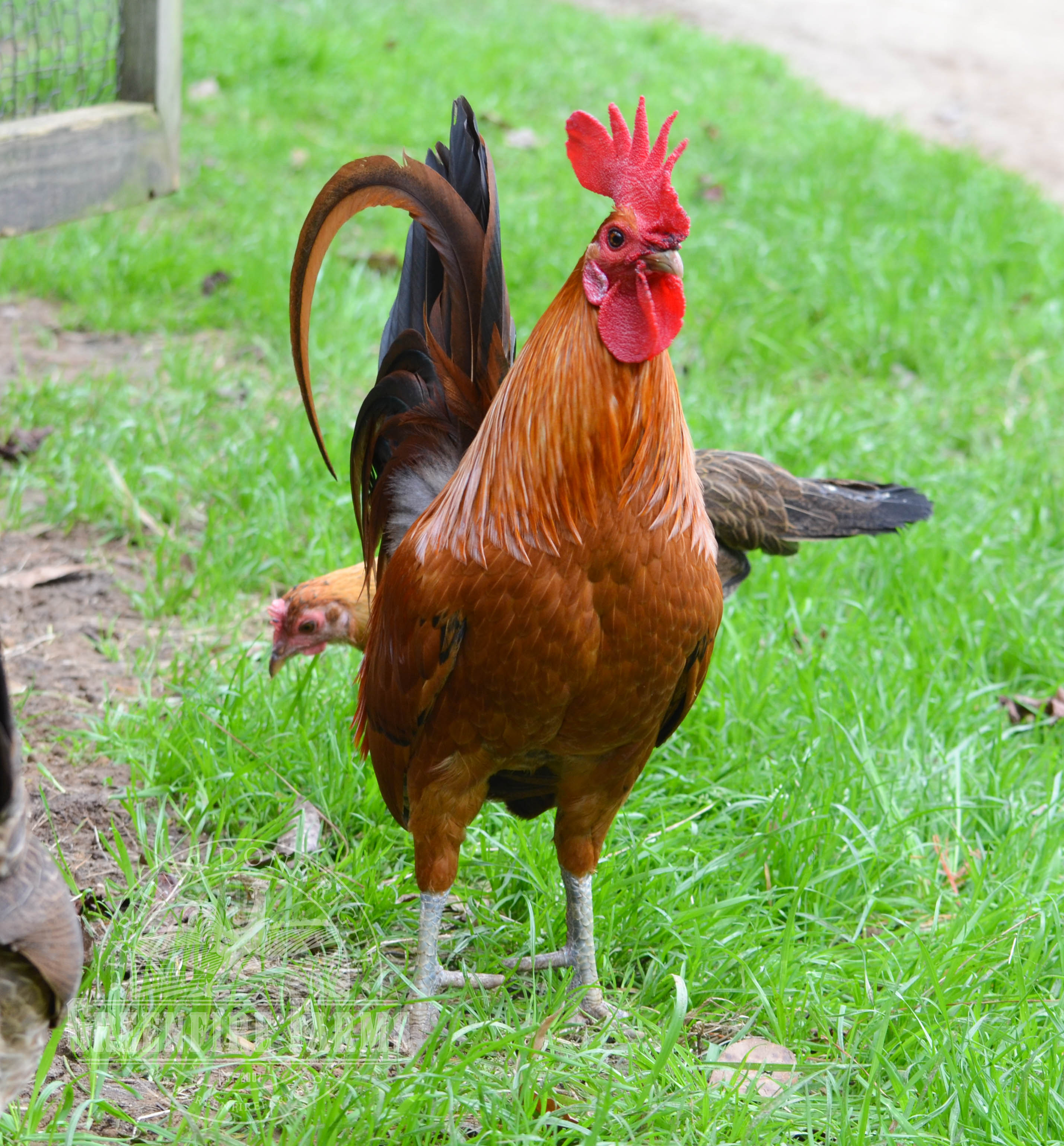
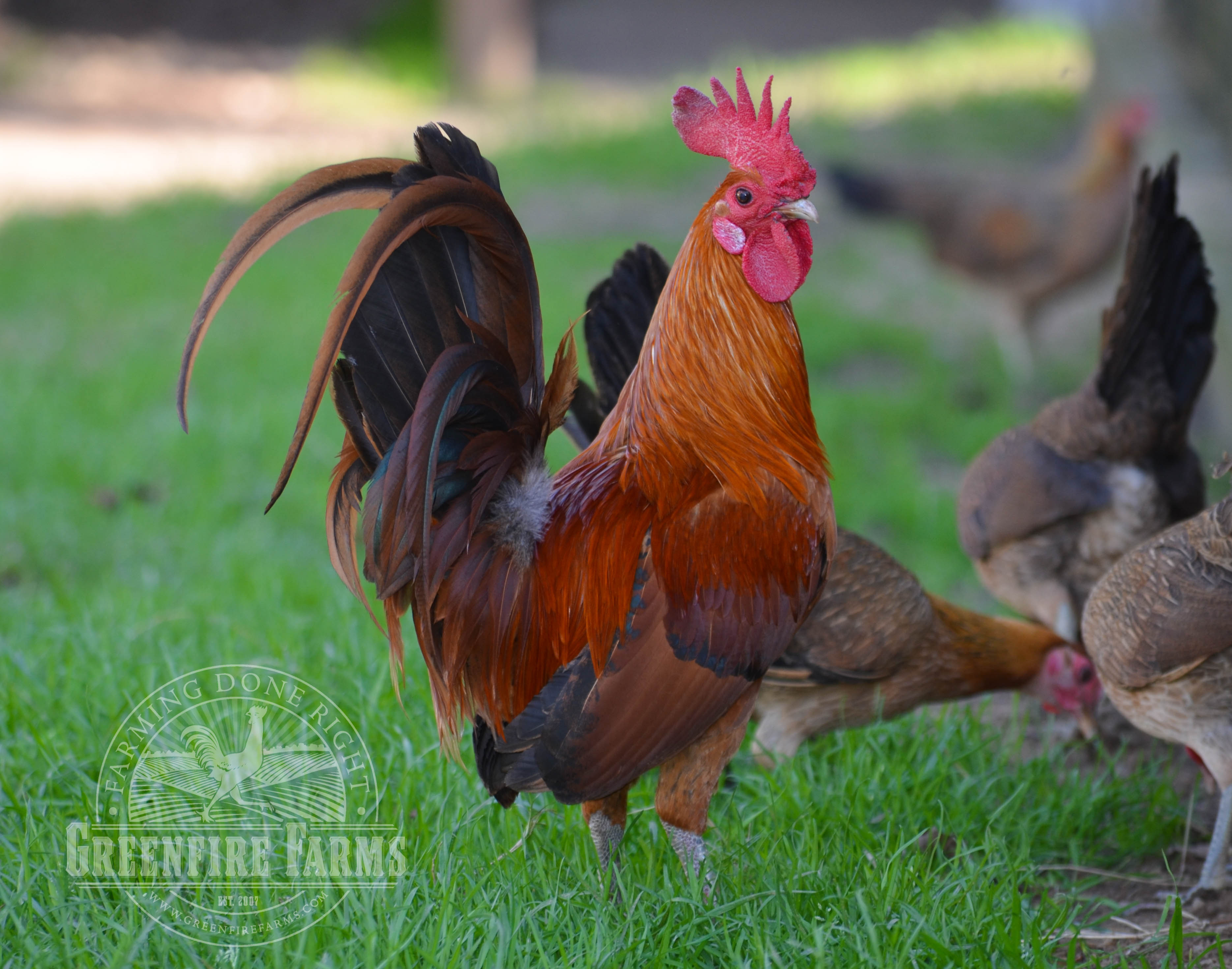
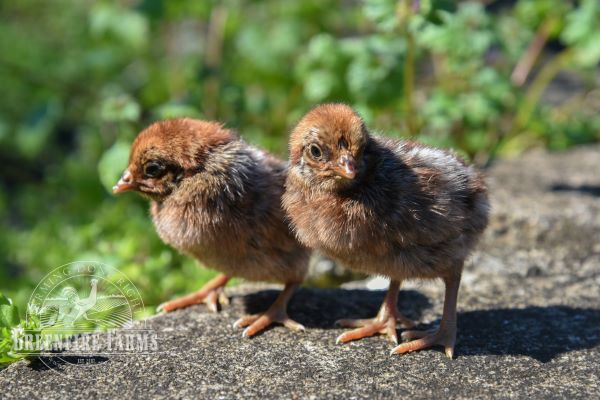
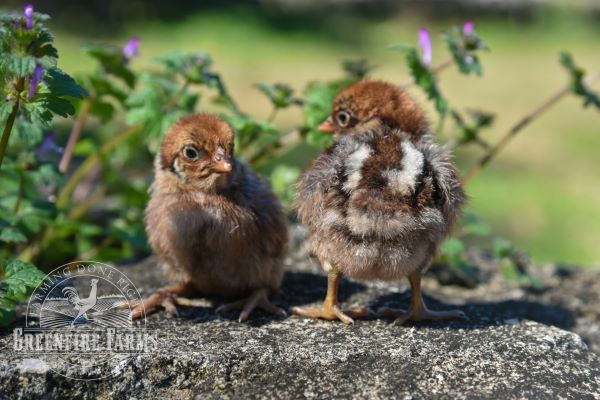


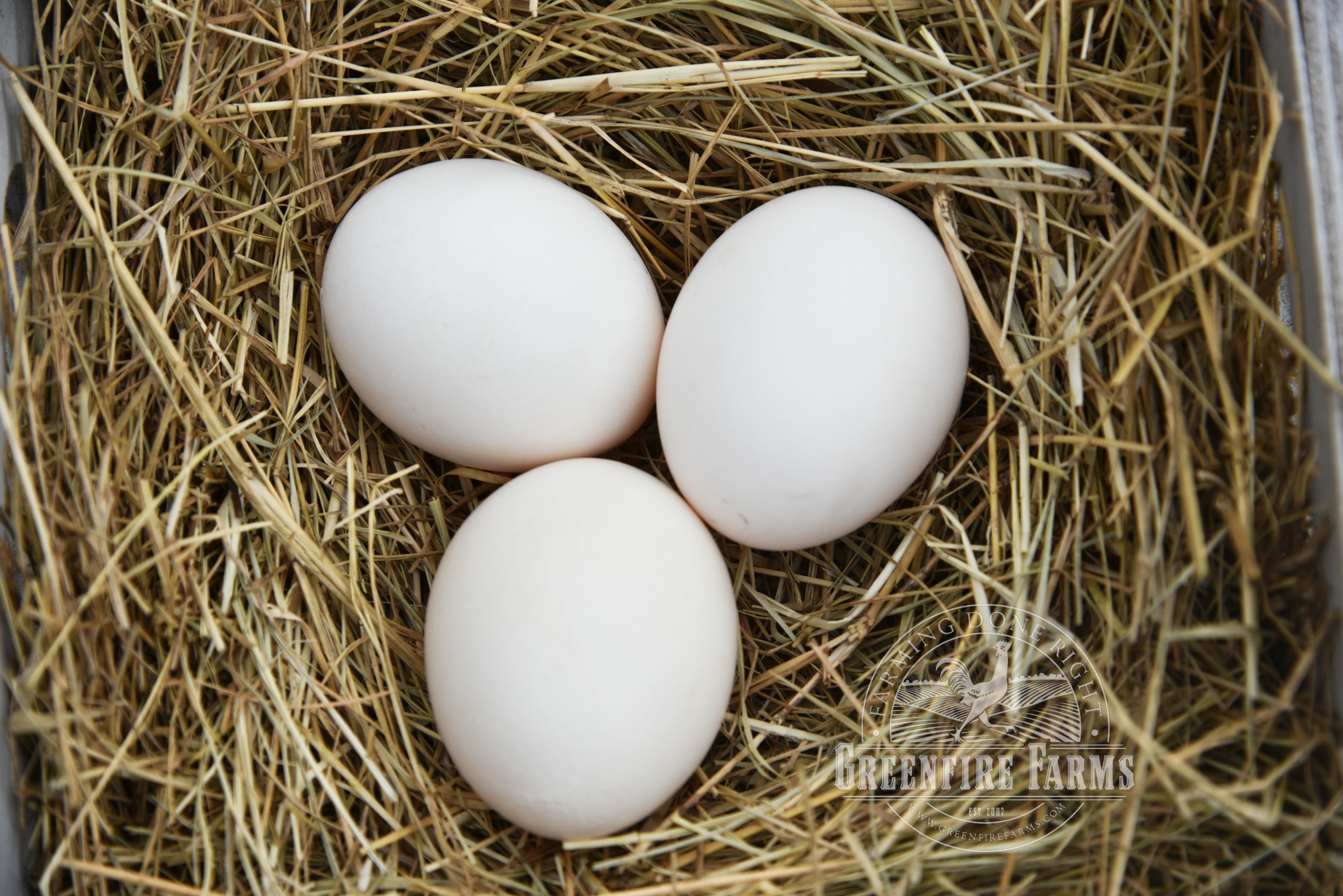

 Cart:
Cart: 

